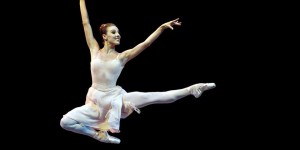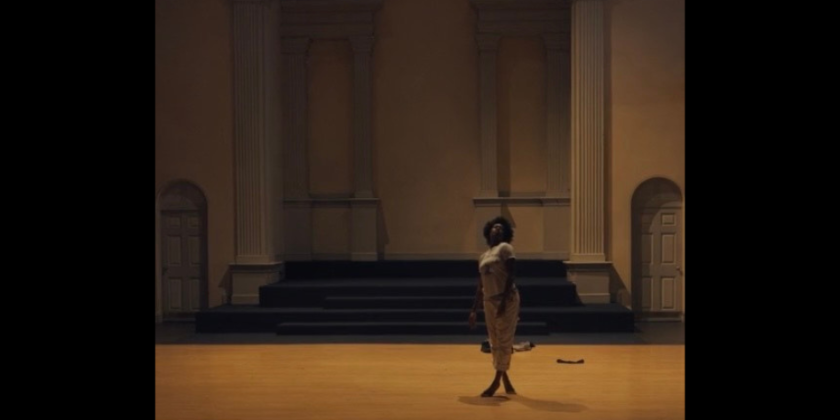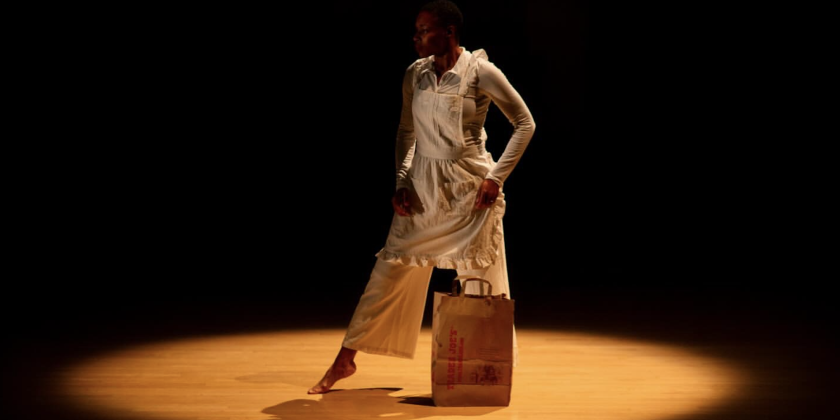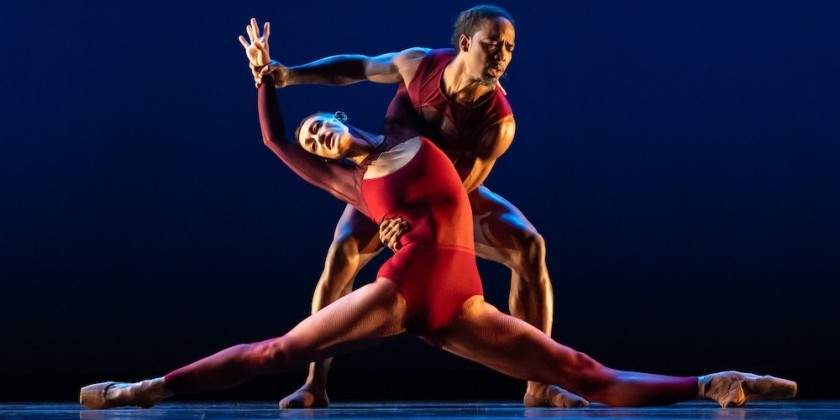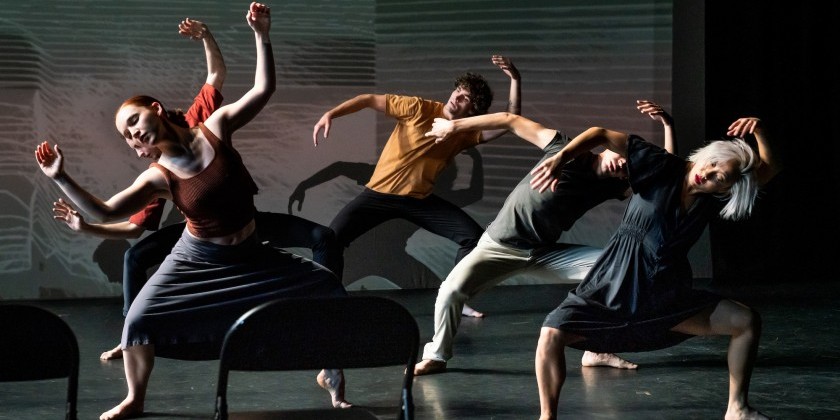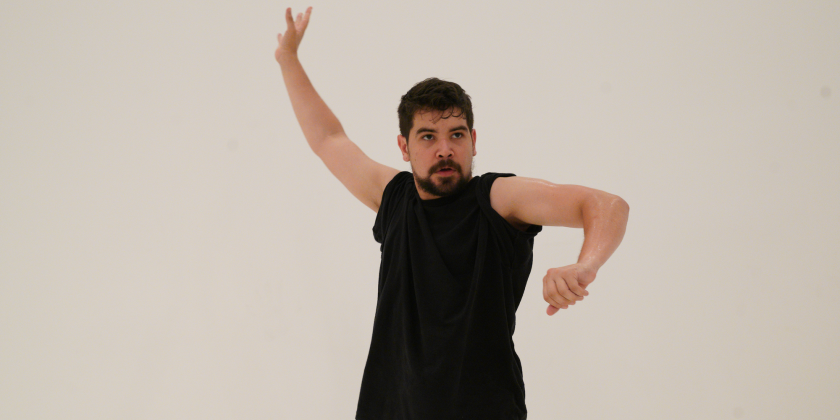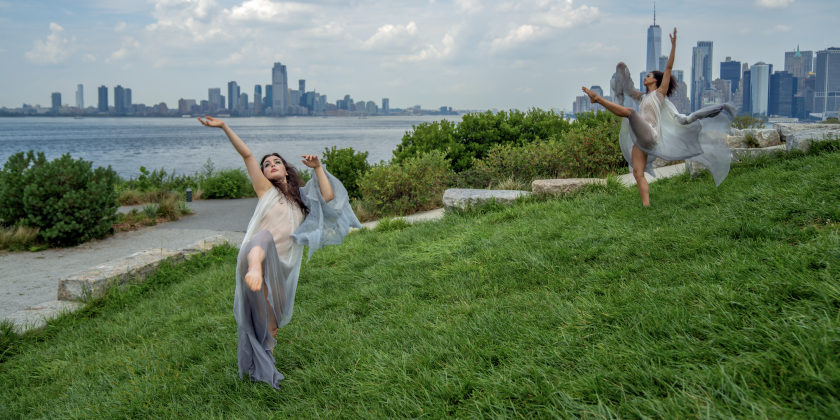Impressions of a canary torsi's "Court/Garden" at Danspace Project
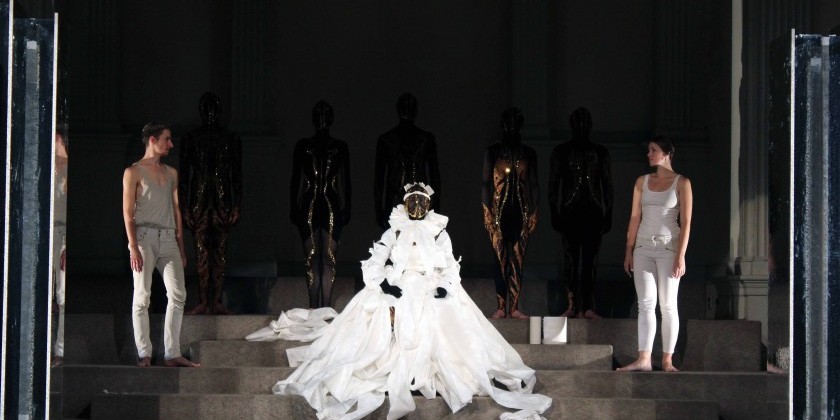
Yanira Castro Reassembles Baroque
Direction, Text, and Choreography by Yanira Castro
Performance and Choreography by Simon Courchel, Tess Dworman, Luke Miller, Pamela Vail, Darrin Wright, and Kimberly Young
Cupids by Tony Carlson and Kirsten Schnittker
Environment and Lighting by Kathy Couch
Costumes by Miodrag Guberinic
Music Composition by Stephan Moore
The Baroque era, marked by extravagant pomp and circumstance, appears to have little in common with our casual, democratic, technology-obsessed generation. That is unless you are Yanira Castro and her company, a canary torsi. They shatter the mannerisms and ethos of the Baroque period and reassemble these gilded fragments to forge something contemporary yet wholly reminiscent in Court/Garden.
Court/Garden is more an installation than a typical dance performance. Movement throughout St. Mark’s Church — of props, of them, of us — comprises much of the proceedings. Upon entering, we check our bags and have our photos snapped, the latter live-streamed during “Sonic Curtain,” the prelude. Folding chairs and pillows are strewn around the end of the performing space; take a seat — but don’t get too comfortable.
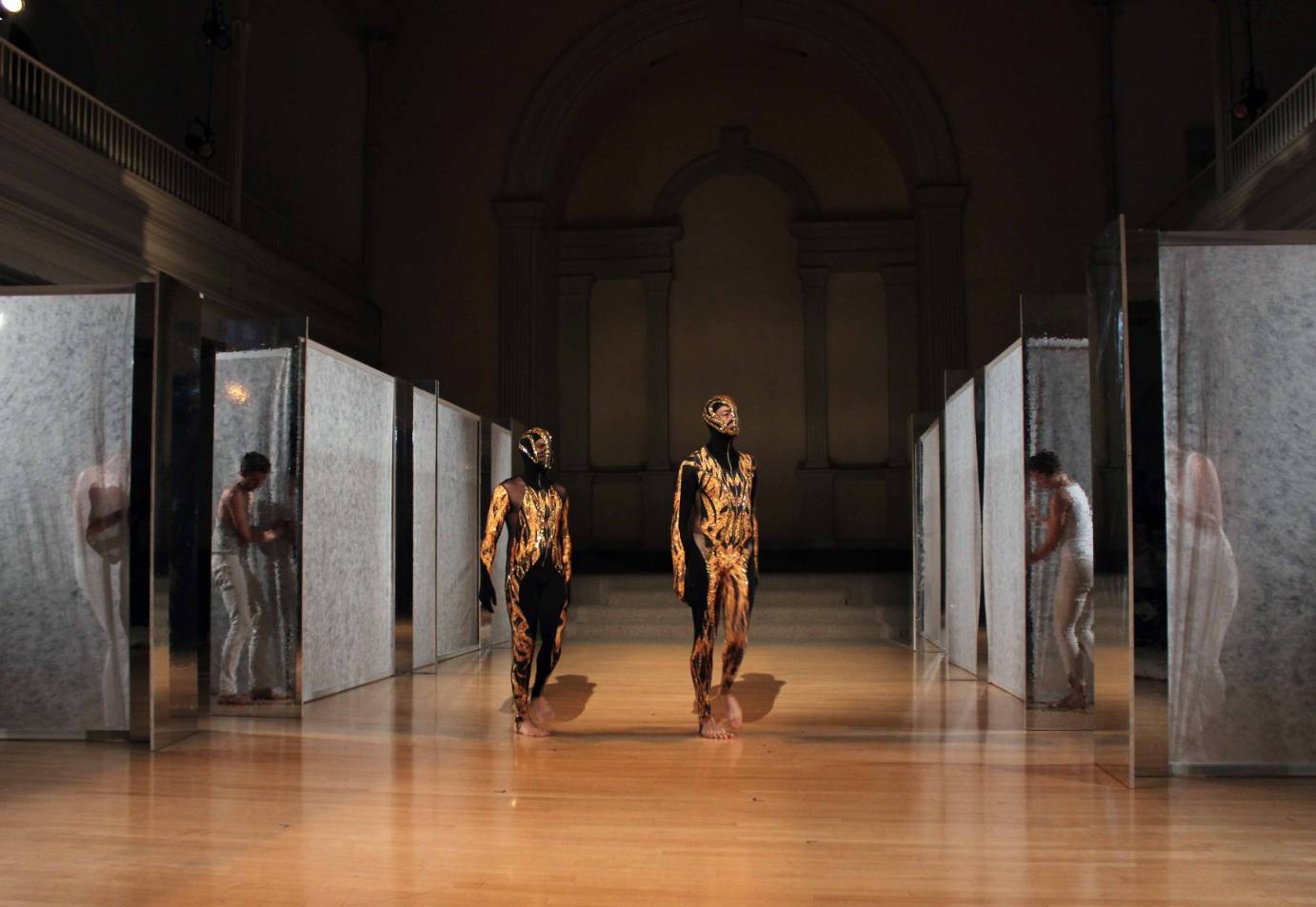
Two “Cupids,” radiant in pale skinny jeans, call us to order and wheel large partitions, their interiors filmy, the ends bedazzled with shiny foil, to form a long corridor. Dangling overhead, a gob of bunchy white fabric suggests a chandelier. It’s Versailles’ Hall of Mirrors but reinterpreted through a cool, indie lens.
In subtle and not-so-subtle ways, Castro unpacks the rococo decadence of the Baroque era. The first of three acts, “Court,” features six performers arrayed in solos, duets, and quartets to Stephan Moore’s score of eerie bells and electronic swooshes. Alert and thrumming with energy, this sextet ornaments their hopping, marching, and stomping with glittering steps nabbed from classic dances like the Gigue and the Canarie. The spaces between their feet, delightfully varied in size and shape, invoke the opulent, patterning of the period; their costumes, snazzy black and gold body suits with hooded visors, render them into futuristic royalty. “Court” closes with a wink of commentary. Pleating and twisting paper towels, the performers fashion a lavish gown on one of the black-masked dancers, transforming her into an archetypal queen: potent in symbolism, powerless in reality.
After the punch and sparkle of the first act, the balance of Court/Garden flattens into quiet deconstruction. In the too long “Solidus,” we can observe three performers in a tulle-draped opera box, their voices stretched to fantastical registers, as they, jaded courtiers, gossip and opine. Or, stationed at the opposite end, we can view a video of dancers in their dressing room, languorous and supine. In this fuzzy feed, the detritus of fruit and flowers that litter the background evokes a contemporary Rembrandt. The last act, “Garden,” reexamines earlier movement motifs, now slackened and blurred — the Baroque experience felt rather than presented.
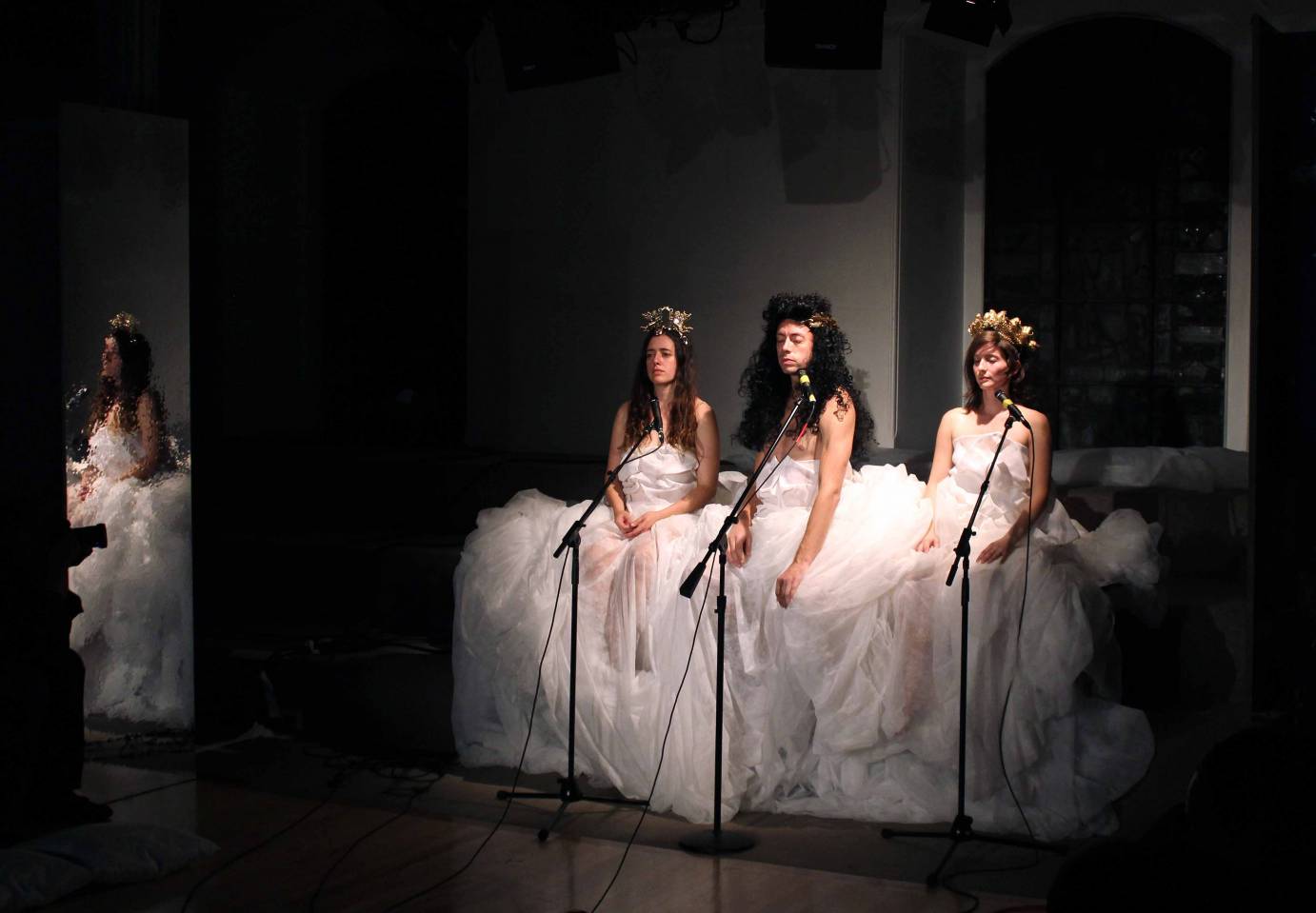
The most fun comes from watching the lightning-fast manufacture and breakdown of the different seating areas. In the first interlude, “Labor Spectacle,” ushers herd us to the nave while the black-clad crew (including Castro herself), arrange chairs and pillows in four banks and organize technological paraphernalia in preparation for “Solidus.” In the last interlude, “Group Preparation,” we are politely, but firmly, asked to rise. Our chairs and pillows are withdrawn, and we stand, shifting from one foot to the other, waiting for, and then watching, “Garden.”
After such a managed and mannered experience, it’s the end of Court/Garden that jangles. The dancers evaporate, leaving us awkward and baffled: Is it over? Finally, someone starts to clap, and we applaud, relieved to fulfill our social obligation, which, while not of the exacting standards of Louis XIV’s court, still feel important and necessary to us.





